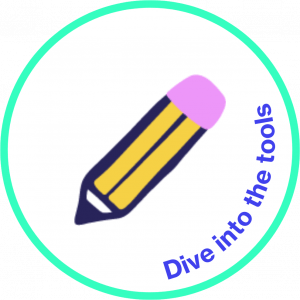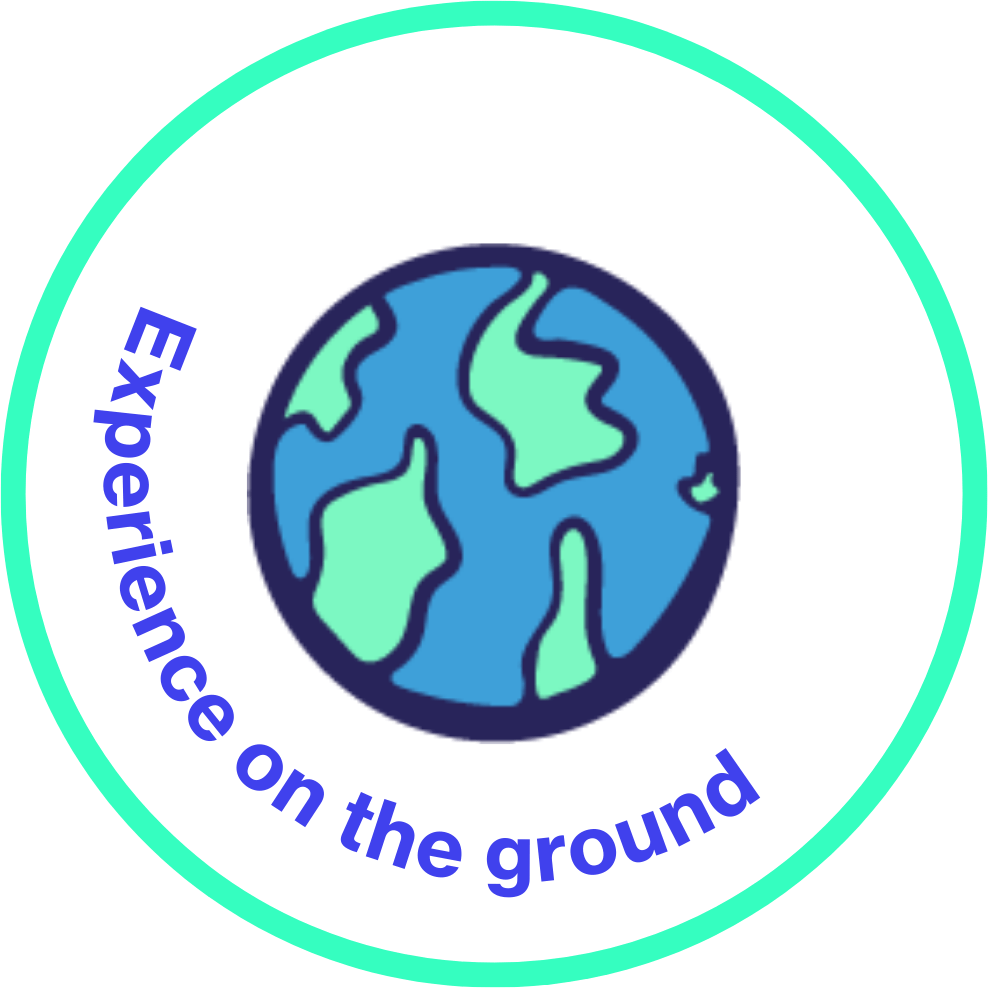Everyone’s Game: A Toolkit for Advancing Disability Inclusion in Sport-based Life Skills Programming
Young women and girls generally face significant barriers to participation in sports. In addition to gender-based barriers, women and girls with disabilities face additional disability-related barriers that can deepen the extent of their exclusion, especially those with more marginalised backgrounds. For example, young women and girls with disabilities are often left out of programmes due to:
- Physically inaccessible facilities, venues and equipment
- Gender- & disability-related misconceptions about capabilities
- Unwelcoming attitudes by other participants, staff, coaches and general public
- Lack of knowledge on how to adapt coaching and activities to meet diverse needs

Including young women and girls with disabilities means more than just removing obstacles or barriers. It is crucial to provide key enablers of inclusion. This involves working with the young women and girls with disabilities to identify ways in which the environment (physical and otherwise) can be improved or modified to ensure they feel safe, comfortable, included, and can meaningfully participate.

Sports can be a space for women and girls with disabilities to build support and social networks and develop more independence. Being involved in a sports programme can also increase the visibility of women and girls with disabilities, helping to combat harmful stereotypes and stigmas. It provides a pathway for them to become community leaders, addressing the lack of visible role models for young women and girls with disabilities and improving aspirations and self & community perceptions.

Explore the topic
Women and girls make up about 60% of the world population with disabilities and three-quarters of persons with disabilities in low and middle-income countries. They often experience social isolation, poverty, inadequate services, and support systems that lack awareness, training and capacity to address their unique needs and circumstances. Gender biases also impact the way people with disabilities are supported. For example, men are often considered the norm; therefore, assistive devices or accessible physical spaces are more likely to be modelled on the male physique or realities.
Disability inclusion requires deliberate efforts to ensure that young women and girls from a wide range of identities and with various impairments are not just included but can meaningfully participate and benefit from your programme. Here are some of the basics.
Improving Accessibility: Can I access and participate?
Accessibility is the gateway to meaningful participation. Ensuring people can access your programmes and spaces is the initial step toward meaningful participation and inclusion. This involves removing physical and other environmental barriers. It also requires making individual accommodations such as providing adaptive equipment, making activity adaptations, or providing communication support to respond to individual needs that enable equal and enjoyable participation in activities.
Improving Inclusion: How am I treated when I get there?
Inclusion focuses on how individuals are treated and how they feel when participating. It means using gender and disability-inclusive language, fostering respectful interactions, building relationships, and understanding and responding to each young woman’s or girl’s motivations and goals for being there. Creating an inclusive environment can transform mere presence into active and meaningful participation.


Dive into the tools
The Everyone’s Game Toolkit aims to equip programme managers, coordinators, and coaches with the guidance and tools necessary to identify and address barriers to participation, enhance accessibility, and foster inclusive environments. This resource provides tips and guidance on building inclusive programmes that engage young women and girls both with and without disabilities. Partners consulted during the research and design phase highlighted this approach to promote social inclusion, allow participants with and without disabilities to learn and grow together, and encourage young women and girls to celebrate diversity and challenge stereotypes.
What are the benefits of engaging women and girls with and without disabilities together in sport?
Including women and girls with and without disabilities together in sports can bring people together in a unique and positive way, challenging assumptions about what young women and girls with disabilities can do and are capable of. It gives a space for young women and girls with disabilities to practice and develop their talents and skills and foster friendships that might not occur in other contexts. It can improve the understanding of disabilities by those without disabilities and increase the social support for those with disabilities.
We recognise, however, that for some groups and in certain contexts, creating spaces/programmes exclusively for young women and girls with disabilities can be the most empowering choice. We encourage you to work directly with the young women and girls in your programmes and local experts to design the most appropriate programme for your context.
Example resources include:
- Basic information on disability
- Inclusive language guide
- How to clearly communicate about programme accessibility
- Tips for adaptations and facilitation for different forms of impairments
- Examples of inclusive games and adaptive sports
- Safeguarding considerations and guidance
Example tools include:
- Accessibility action planning tool
- Environment Walk – a participatory approach to assessing barriers
- T.R.E.E. approach for adapting activities
- Accessibility checklist

Experience on the ground
Maitrayana’s vision is a gender-equal society in India where girls can access their rights and achieve their potential. Leveraging the power of sport and its ecosystem is their mission and strategy, and traditionally, they work in schools, building life skills connected with netball. Until recently, the numbers of girls with disabilities they worked with were small and mostly with partial disability. Staff were hesitant to engage more broadly with people with disabilities as they felt their skills were inadequate to engage on disability, and the term alone was blocking creative ideas. In addition, there was a fear of possibly causing offense by saying or doing the wrong thing around girls with disabilities.
On reflection and recognizing their role and strengths in inclusion, they pivoted towards seeing the girls first in all their diversity – rich, poor, pregnant, young mothers, with and without disability, out-of-school, and so on. Two girls with disabilities became young mentors for staff as they explored how best to leverage their gender and social inclusion skill sets into an adaptive and inclusive programme. Other girls living with disabilities from the community heard about this development and became involved. Staff and the girls worked together in awareness raising with their parents and the wider community. It is becoming a demand-driven community adaptive process.


One lesson and good practice is to see the girl or young woman in all their diversity—know her name, get to know her personality, her potential as a change agent and ally. This is the social model and entry point for change. Hence, you do not have to be an ‘expert,’ a medic or physiotherapist, bone specialist, etc., to work with people with disabilities. You can build a roster of two or three specialists who can support assessments, identification of risks and potential, and invite guest speakers for specific advice. As a Maitrayana staff member, you need to be a specialist in inclusion, and the girls, women, boys, men, and other identities are your companions on the journey.
to learning
Knowledge is power. But only if it is shared. At Women Win, we learn and play every day and encourage others to join our learning playground. The Learning Playground is the place where all our learnings are open-sourced. We hope it starts debates, sparks ideas, and kick-starts action. We organise our learning in 3 steps: Explore, Dive-in, and Experience.



If you’re interested in learning more about coach development, check out our page about it within the International Guidelines.
Contact
If you have any questions about this subject or if you want to find out how we can help you use this then do not hesitate and please contact us.


